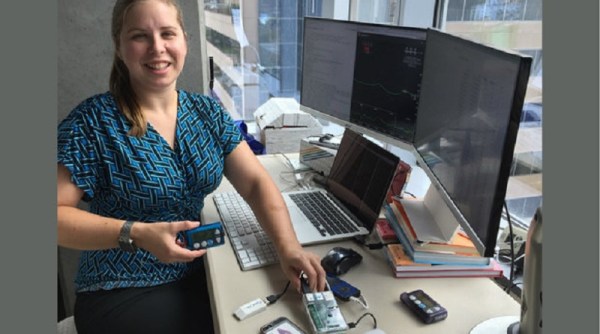When the older of us think of radio, we think of dialing in an FM or AM station. Giant broadcast towers strewn throughout the countryside radiated electromagnetic waves modulated with music, talk and sports across our great land. Youngsters out there might be surprised that such primitive technology still exists. Though the static of an untuned AM receiver might be equivalent to the dial tone of a 56K modem, it’s still a major part of our society.
Like all technology, radio has transitioned to faster and better ways of sending information. Today we have digital radio stations – one of the most popular being iHeartRadio. And because it’s digital, it can also send along info other than audio, such as weather and traffic information.
The guys over at [KYDronePilot] have made use of this to display real-time weather and traffic maps with an SDR and a little Python. They’re new to Python, so be sure to check out their GitHub, grab a copy of the code, and let them know if you see room for improvement.
This hack is based on recent work decoding the digital data, which is worth checking out if you’re interested in SDR, DSP, or any other radio-related acronyms.

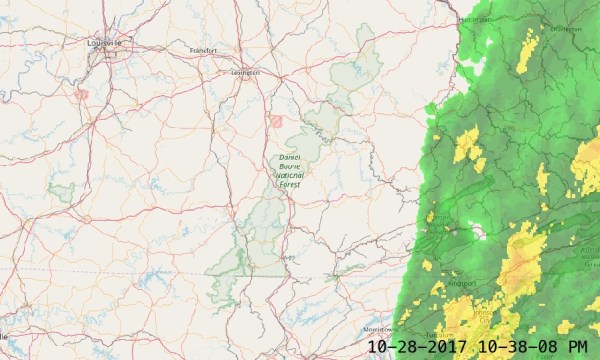

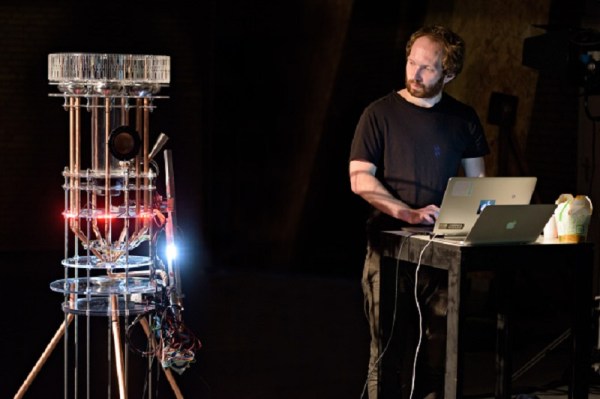
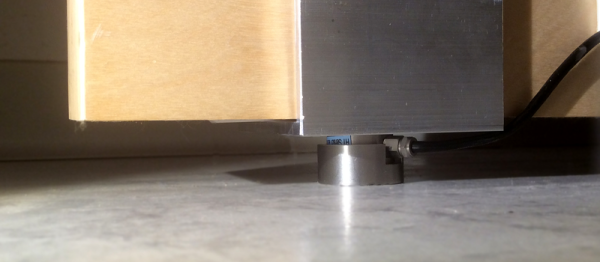
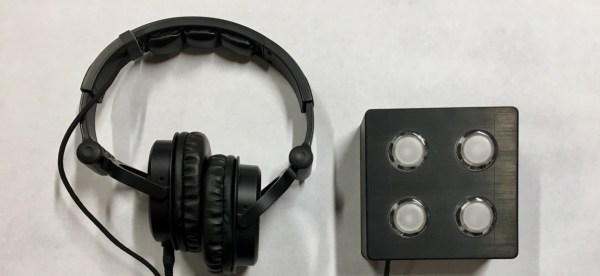
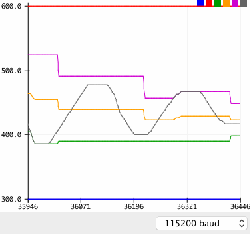 class. In about 60 days time; he went from dinner napkin sketch to working project. The project is quite interesting – he’s made an instrument that
class. In about 60 days time; he went from dinner napkin sketch to working project. The project is quite interesting – he’s made an instrument that 